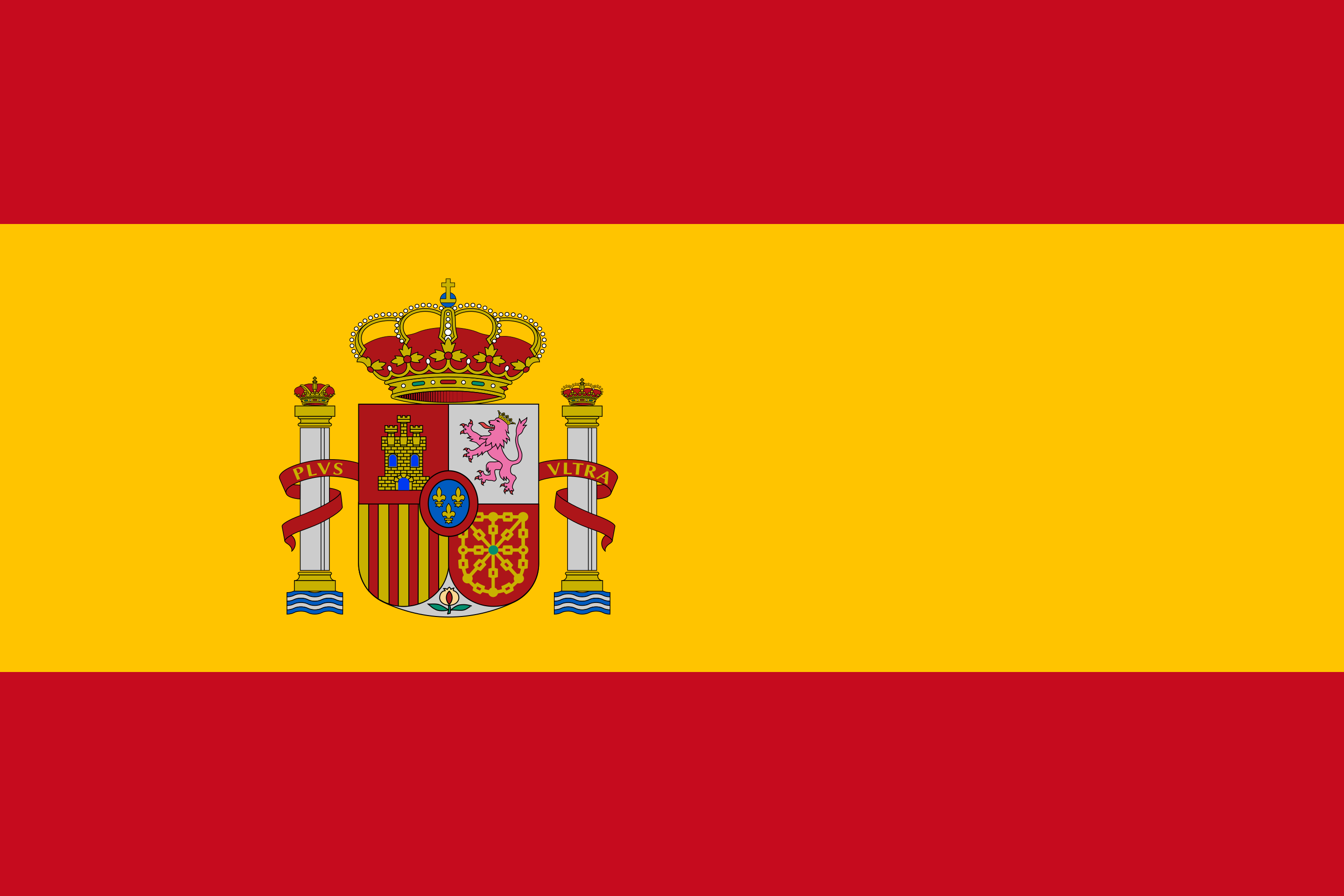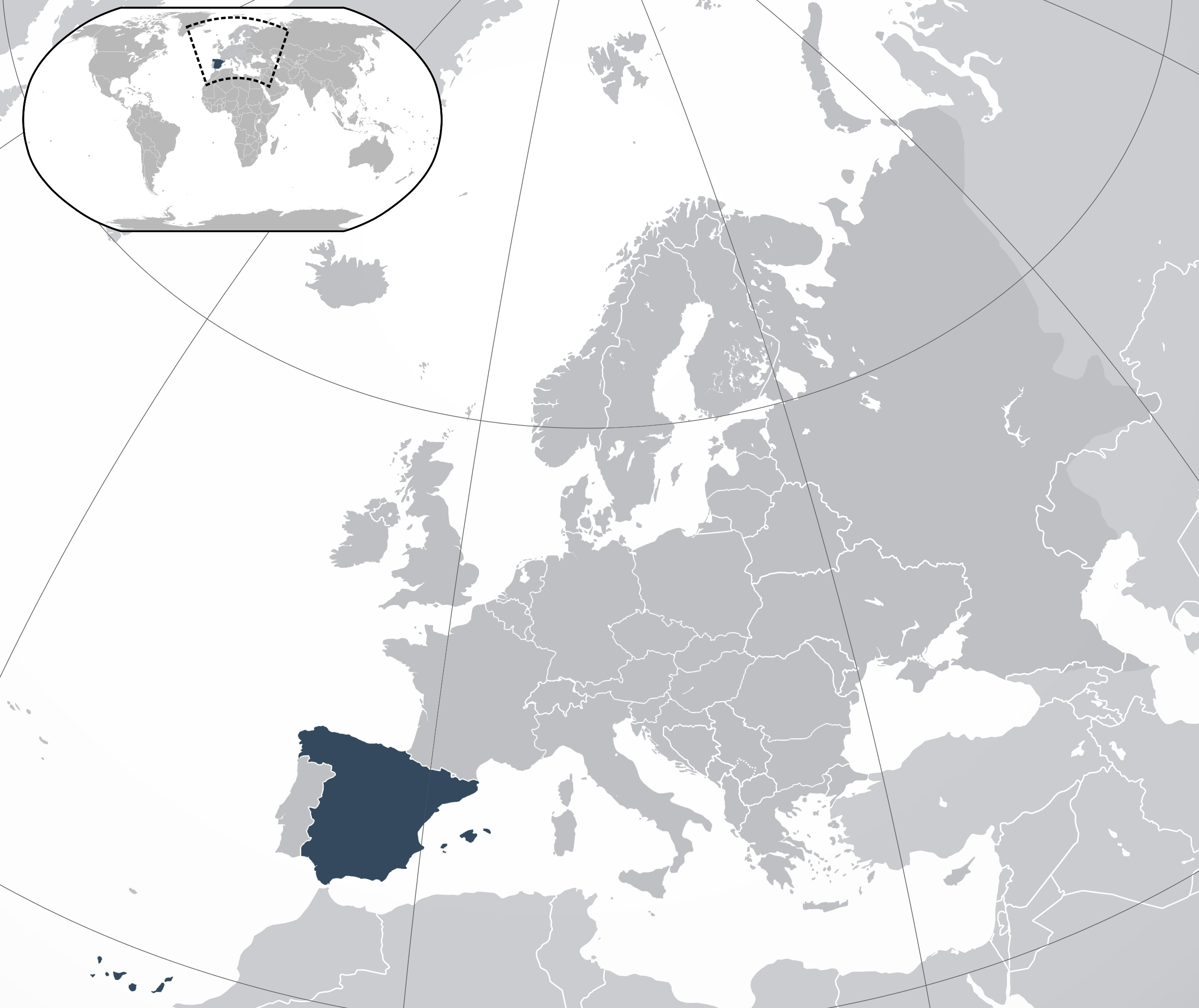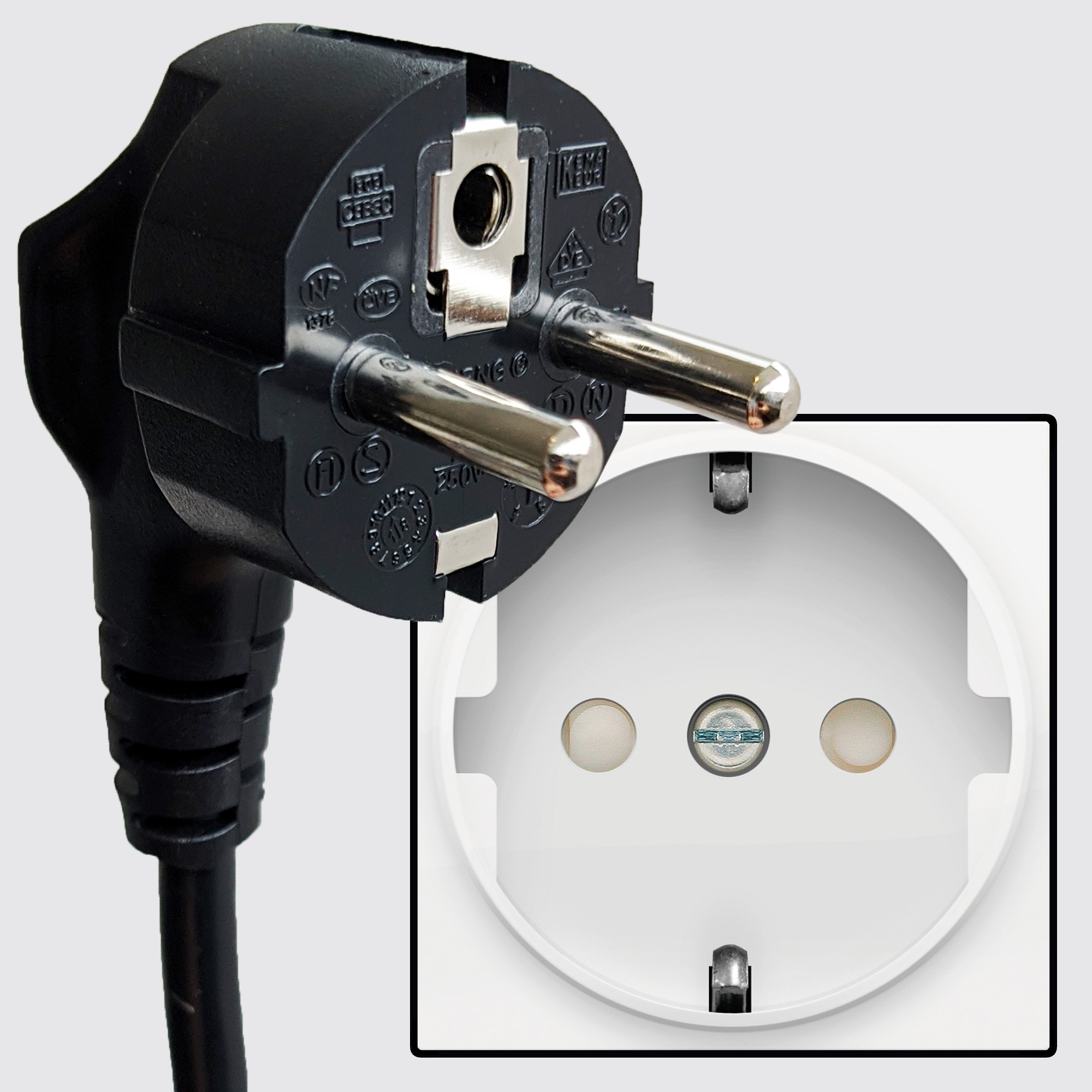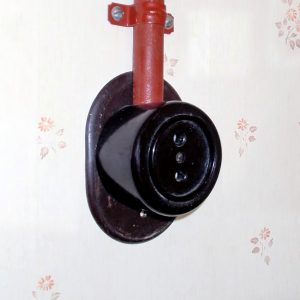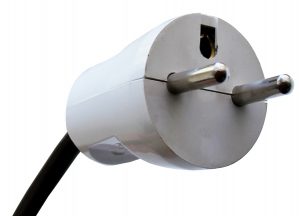Background information

Obsolete type C Bakelite wall socket (1950s)
Spain has standardized on type F sockets and plugs. Type C and type E plugs can also be used thanks to their compatibility with type F sockets.
Typically, type C plug sockets are not allowed to be installed in Spain: these outlets are not earthed and are therefore considered dangerous. Only type F power points are permitted because they are grounded and therefore significantly safer.
The only (and rare) exception to this rule is that an old type C outlet should be replaced by a new one. After all, if you hook up a grounded wall outlet (i.e. type F) on a two-wire circuit, the socket will not be grounded, but people will get the wrong impression that it is actually grounded. No need to say, this would be a potentially dangerous situation.
Nowadays, however, type C receptacles are not frequently installed anymore, since older properties are almost always completely rewired when they are renovated or significantly altered.
